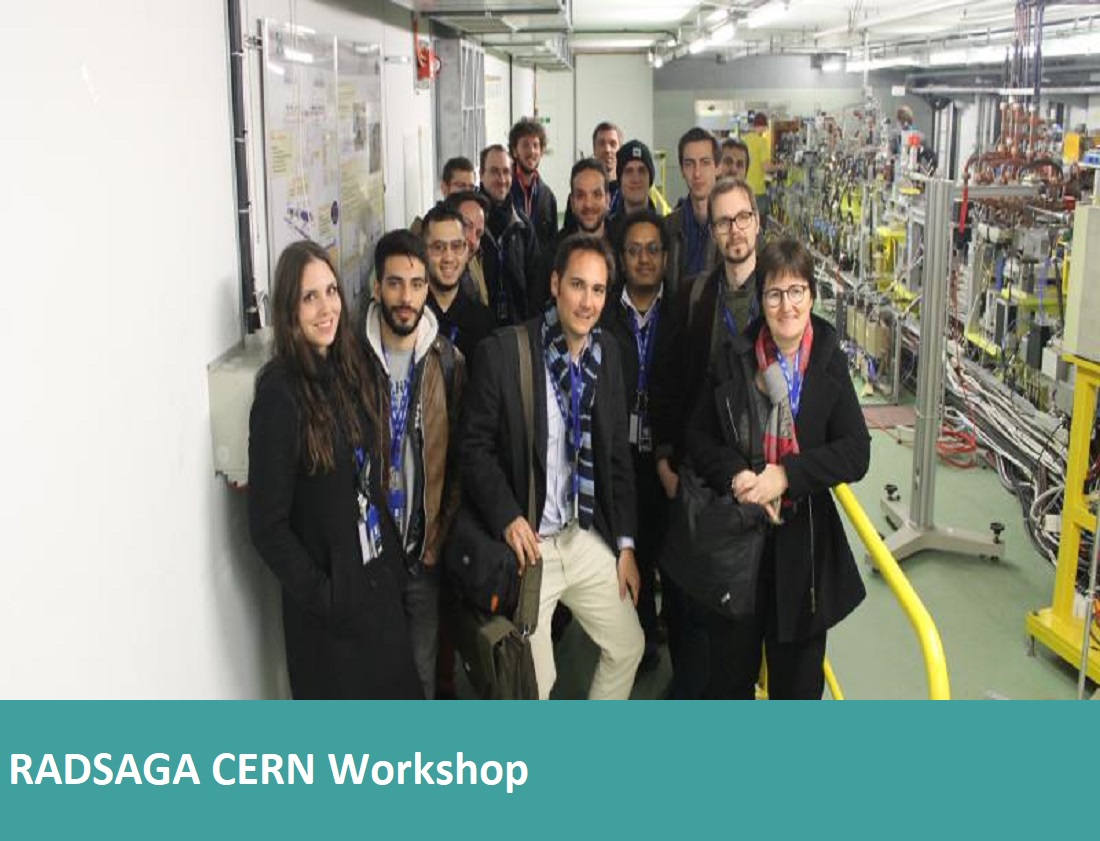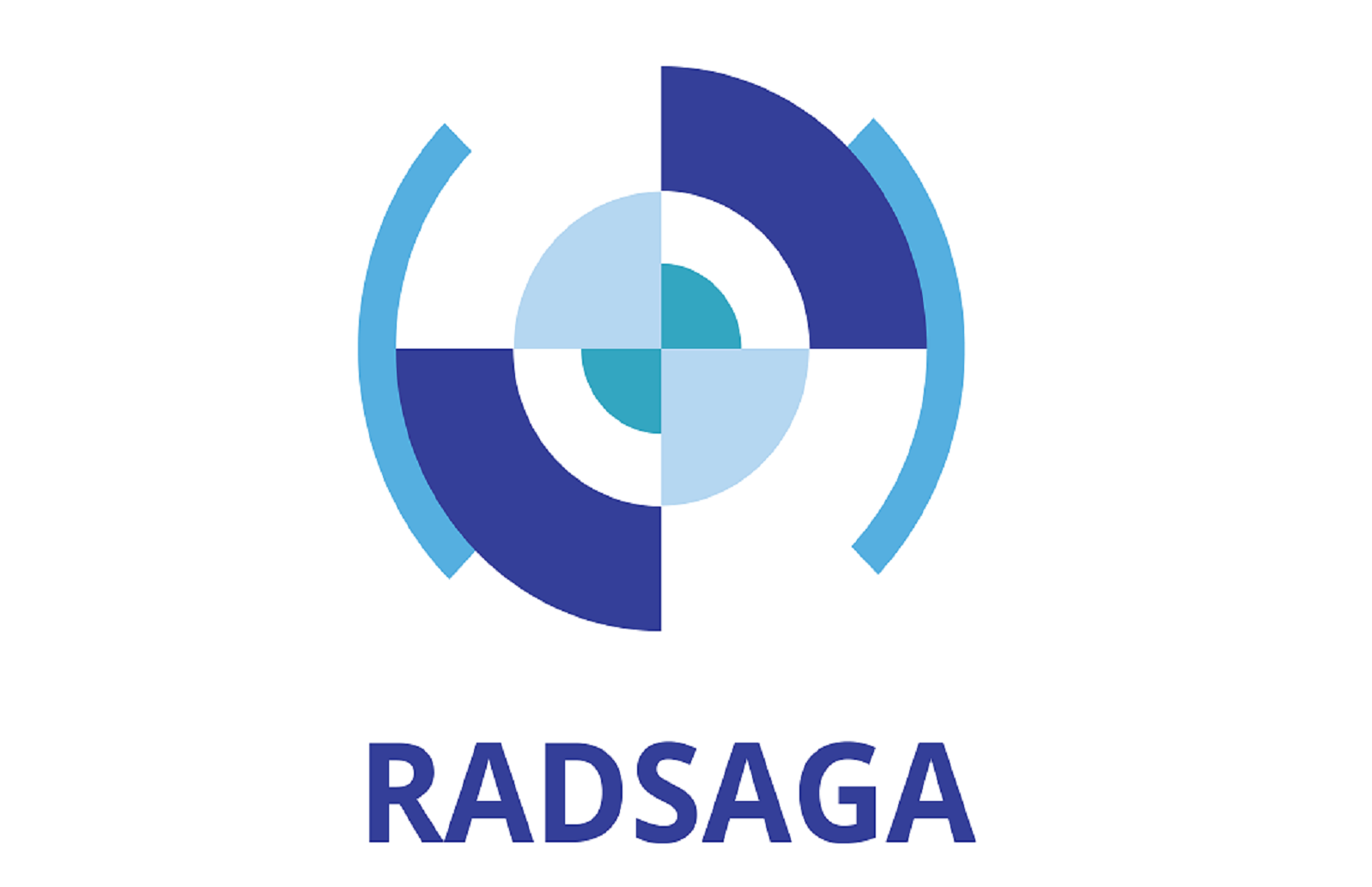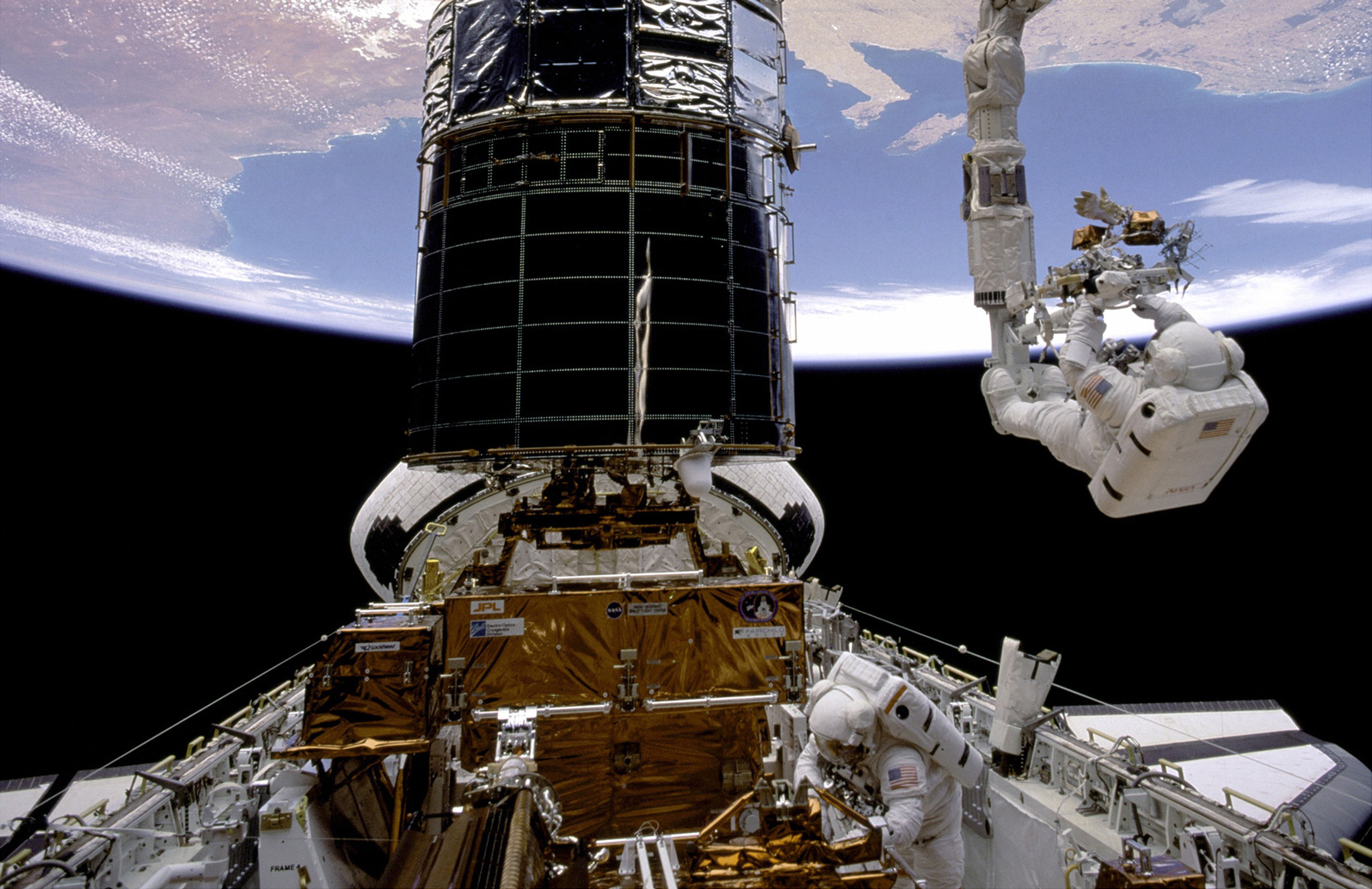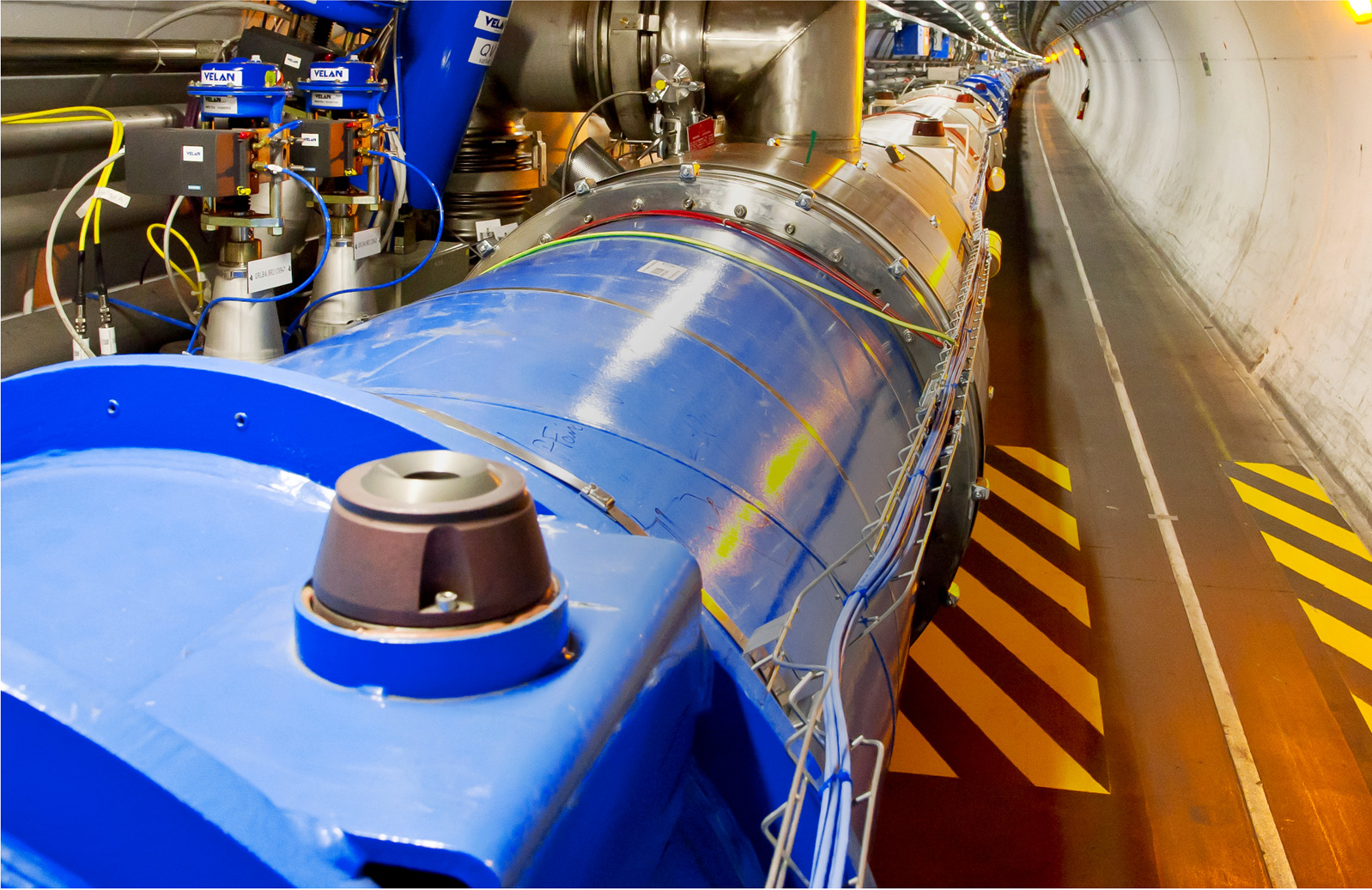RADSAGA CERN Workshop
The RADSAGA CERN Workshop was held in Geneva, Switzerland on March 19th-23rd, 2018.
The workshop agenda and contributions are available here.
The RADSAGA students joined world-wide experts and CERN internal experts that delivered lectures on:
- Communication to general public and scientific community
- Knowledge transfer, intellectual property and information databases
- Guidelines and standards to assess microelectronics reliability for components used on ground
- Radiation test standards for space
- Industrial applications for radiation engineering
- Space weather and radiation environment
More than 40 participants took place in the workshop, inclusing students and post-docs from the R2E project at CERN as well as the Optimization of Medical Accelerators (OMA) Marie Curie network.
Some visits to the CERN historical facilities and laboratories were held, along with visits to the facilities which will have a central role for the accomplishment of the RADSAGA project. The 600 MeV Synchrocyclotron, built in 1957, has been CERN first ever accelerator and it is now dismissed after over 30 years of activity. The CHARM facility allows testing in a Mixed Field radiation environment with high acceleration factors where all the relevant environments concerned into RADSAGA can be reproduced. The VESPER facility provides a high energy electron beam which has been extensively used for reproducing effects of radiation on electronics in the Jupiter magnetosphere. The H8 facility is a high energy heavy ions facility located in the Prévessin site which recently started activities and which will be available for RADSAGA at the end of the year.
"Communication to General Public", Dominique Bertola (CERN Visitors and Local Engagement)
Abstract
The course is structured with the following objectives: understanding communication basics, speaking to a general public, developing self-knowledge, learn to know the others and their role in RADSAGA Consortium. In a second part, the students will be engaged in a role playing session with the aim of learning how to manage difficult situations and their companions.
Lecturer's Biography
Dominique Bertola has worked as IT specialist in data acquisition systems for CERN experiments. He joined in 1992 the outreach and communication group to make the first permanent exhibition of CERN. Nowadays, he works for the CERN Visits Service where he leads the CERN guides training.
"Soft Skills Training - Communication", Julie Haffner (CERN Social Media), Joao Pequenao (CERN Media Lab), Ana Godinho (CERN Communication Group), Arnaud Marsollier (CERN Press Release Office)
Abstract
The training is subdivided in multiple sections with different lecturers. Firstly, Julie Haffner from CERN Social Media will deliver a "Social Media Workshop". Secondly, Joao Pequenao will present "Interactive Approaches for Science Communication at CERN". As a member of the CERN Media Lab team, Joao conceives and implements interactive installations which are featured in venues all over the world and is helping several Science Centers in conceiving their own new exhibits. Lastly, Ana Godinho and Arnaud Marsollier will teach how to "Write a Press Release on a scientific event".
"Introduction to Knowledge Transfer, Intellectual Property and Information Databases", Dr. Myriam Ayass (CERN), Dr. Amy Bilton (CERN)
Abstract
The course will cover legal basis of knowledge transfer, intellectual property and patents. The students will learn about patent application procedures and related costs. For the sake of their understanding a sample patent will be analyzed and compared with scientific publications students are usually more familiar with. The course will be carried out with many hands-on approach activities and will require students to come up with some topics strictly related to their research activitiy.
Lecturer's biographies
Myriam Ayass is currently Section Leader of the IP Management and KT Policies section & Legal Advisor for KT Group at CERN. She holds a LLM from Queen Mary, University of London, with a specialization in Intellectual Property law. She holds also a Diplome d'Etudes Avancées in Public International law from the Graduate Institute of International Studies in Geneva. She also received a MBA from HEC Montreal in 2014. She joined CERN in 2005 in the field of technology transfer. Her main duties include: advising the team on legal aspects of KT operations, drafting all the KT contracts of CERN and in providing advice on IP issues to the Organization. She is the main author of the CERN Open Hardware License, a framework meant to openly share hardware designs.
Amy Bilton is Knowledge Transfer Officer at the CERN KT Group since October 2016 with main responsibility for accelerator and related technologies. She holds a MPhil in Agricultural Sciences from Newcastle University (UK), a NVQ Level 4 in Management and Bachelor's Degree in Biological Sciences, both from the University of Oxford (UK). Before joining CERN, she held roles in Business Development and Knowledge Transfer at City, University of London (UK). Her main duties included: facilitating the establishment and management of business, professional and civic relationships enabling City's research and teaching activities to have impact outside of academia with a main focus on: data science & visualization, machine learning, user-experience (UX), networks & cyber security, photonics & sensors, biomedical engineering, mechanical & aeronautical engineering, and civil & structural engineering.
"Guidelines and standards for micro-electronic component reliability", Eng. Mauro Pipponzi (INTEL Inc.), Eng. Stefano Petrucci (INTEL Inc.)
Abstract
The presentation will cover the main topics of functional safety with particular regard to standards developed for the automotive and industrial markets.The different factors affecting safety, including the reliability of underlying technology fabric, the design implementation and the application, will be covered. Techniques to analyze and mitigate the causes of failure will be presented as well as the most common tools used in this process.
Lecturer's Biographies
Mauro Pipponzi holds a Degree in Electronic Engineering at Politecnico di Milano, Italy. All along his career, he held positions in technical fields of engineering and engineering management for EDA and ASIC/SoC Design. Afterwards, he held the role of functional safety automation manager and responsible for managing the development of the functional safety automation tool suite. He's currently the responsible for Functional Safety methodology and automation strategy in INTEL.
Stefano Petrucci holds a Degree in Electronic Engineering at Università di Pisa. He's been fellow at CERN in ATLAS for associative memory systems in 2014. He's worked for CAEN company for 18 years to supporto CAEN Power Supply system and readout electronics in LHC Experiments: CMS, ATLAS, Alice and LHCb. Currently, he is responsible for Functional Safety methodology and automation execution in INTEL.
"Radiation test standards for space", Eng. Françoise Bezerra (CNES)
Abstract
The course is meant to provide an overview of the effects of radiation on the mostly used electronic components. Each effect will be characterized by means of applicable terms and units. The course will then move to the currently available test methods and standards, which will be presented and compared. This theoretical part will also be complemented by standard radiation test plan examples. Radiation facilities commonly employed in the frame of CNES space qualification procedures for electronic devices will be presented. A particular focus will be devoted to the many details that may play a crucial role over test definition and preparation, that may interfere with its execution and that may impact the final data analysis. Realistic situations will be brought to students as an auxiliary tool for their understanding. The session will be concluded by open discussion with Q&A.
Lecturer's biography
Françoise Bezerra holds a degree in Electronic Engineering from the French Civil Aviation National School. She joined CNES in 1992 with the role of Quality Assurance Engineer primarily working on microprocessors, ASICs and FPGAs. In 1999, she joined the CNES radiation group. She's now still in charge of coordinating the test campaigns, support and selection of electronic components and R&D manager for radiation studies. Since 2008, she's Principal Investigator for the CARMEN/MEX instrument installed on JASON-2, SAC-D and JASON-3 satellites for radiation effects assessment. She is also the Radiation Safety Officer for the CNES Toulouse site and vice-president of the RAMIP association. Over her career, she issued more than 70 papers on radiation effects and testing and has also chaired numerous RADECS sessions. In 2017, she was inducted in the RADECS Association Council Board and will be RADECS 2019 technical chair.
"Space weather and the variable radiation environment in Space", Dr. Gerhard Drolshagen (ESA, University of Oldenburg)
Abstract
The radiation environment in space is not constant but shows variations on different time scales. The trapped radiation belts, the flux of cosmic rays and the normal solar wind are always present and relatively stable over periods of years or longer. Protons can have lifetimes in the trapped radiation belt exceeding 10s of years. These components of the radiation form a sort of ´radiation climate´. But even these types of radiation vary: the solar wind can become more energetic at certain times, electrons in the van Allen belt have typical lifetimes of only days to weeks before they are lost and replaced by new electrons. The populations and positions of the trapped radiation belts can vary and even the formation of temporary extra belts was observed. In addition, there is a secular change of the Earth magnetic field, which is weakening by several percent over some decades, and which affects the trapped radiation belts. Cosmic ray fluxes are modulated by the solar cycle. A higher solar activity leads to more magnetic shielding and reduced cosmic ray fluxes.
On shorter time scales of days to hours there is even more variation in radiation components. These ´Space Weather´ effects include flares of energetic electromagnetic radiation (x-ray flares) and solar outbursts of energetic particles, mainly protons, at energies of 100s of MeV. The most energetic particles from such solar events can reach Earth within hours. Coronal mass ejections of energetic plasma take typically a few days to reach Earth. The plasma disturbs the geomagnetic field of Earth and can have a large range of effects from modifications of the radiation belts, interference with radio communications and navigation signals to the induction of ground currents.
This lecture will address the variability of the space radiation environment near Earth and its connection with the so-called Space Weather.
Lecturer's biography
Gerhard Drolshagen holds a Master Degree in Physics from the University of Gottingen and a PhD in Fluid Dynamics from its work at the Max-Planck Institute (MPI). He's been involved in many research activity starting with a Post-Doc at the Los Alamos National Laboratory, USA, before a second experience at MPI. Since 1987 he joined the European Space Agency (ESA) in the ESTEC Space Environments and Effects section where he provided valuable contribution to space environment related topics including: assessment of impact risk to spacecraft, analysis of impact data from retrieved HW and in-situ detectors, development of flux models and analysis tools, development of new impact detectors. In 2009 he became co-manager of the Space Situational Awareness Programme for Near-Earth Objects (SSA-NEO) and in 2014 Chair of the Space Mission Planning Advisory Group (SMPAG), a program aimed at assessing options to prevent impact of threatening objects from space. In 2015, the International Astronautical Union named asteroid 332733 "Drolshagen" after him for his uncountable contribution to the European NEO Programme. Since 2017 he joined the Carl von Ossietzky University in Oldenburg.
"Radiation Engineering at Airbus: from EEE devices to System level", Dr. Aminata Carvalho (Airbus)
In this Course, the AIRBUS expertise and experience with regards to EEE and Radiation Engineering will be presented. Starting with a brief overview of the company, the first part of the course will be dedicated to the description of the Radiation activities at System provider level. After a brief description of the radiation natural environment and its effects on the electronic devices, the radiation hardness assurance (RHA) at prime contractor level, the radiation process as well as the transverse activities will be presented. In the second part of the course the Radiation activities from equipment supplier standpoint will be addressed. Focus will be put on Single Events Effects (SEE) aspects management from the equipment provider standpoint. The aim here is to provide a panoramic overview of the radiation process from parts selection to flight, from project definition to equipment qualification and mission lifetime. Parts procurement, traceability, package selection and opening issues, concurrent engineering for equipment design, SEE characterization including heavy ions testing and proton issues handling, as well as mitigation techniques implementation, events rates estimation and risk ranking, will be dealt with.
Lecturer's biography
Dr. Aminata CARVALHO received her PhD in Electronics from University of Montpellier 2, FRANCE in December 2008 in the Radiation Effects on Electronic Components for Space applications Department. Since June 2009 she is working at AIRBUS Space Equipment in Elancourt, FRANCE as Radiation Effects Engineer. Her responsibilities include Radiation analyses at equipment level for Space applications (Telecom and Earth Observation programs, …) as Radiation Process Owner, participation on EEE part selection process, participation on SEE test definition, preparation and achievement. She carries out R&D studies for agencies (ESA, CNES) and for AIRBUS internal needs. Dr. CARVALHO has authored or coauthored about ten scientific publications. Aminata was short course presenter at RADECS 2017 in Geneva.





